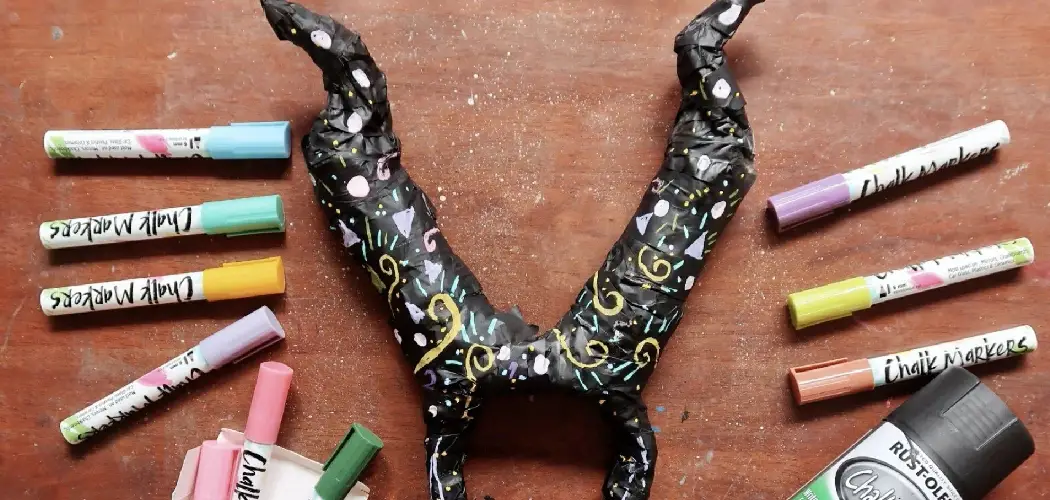Do you want to learn how to make horns? Horns can be used for decorative purposes, costumes, or just for fun! They are a simple project that is both awe-inspiring and fascinating — plus, they look great on any headdress.
Whether you’re an experienced craftsperson looking for some inspiration or a beginner who wants to try something new, this tutorial will show you exactly what you need to know in order to design and build your own set of horns.
Keep reading below to jump into the step-by-step guide on how to make horns that stand up and look as amazing in person as they do in pictures.
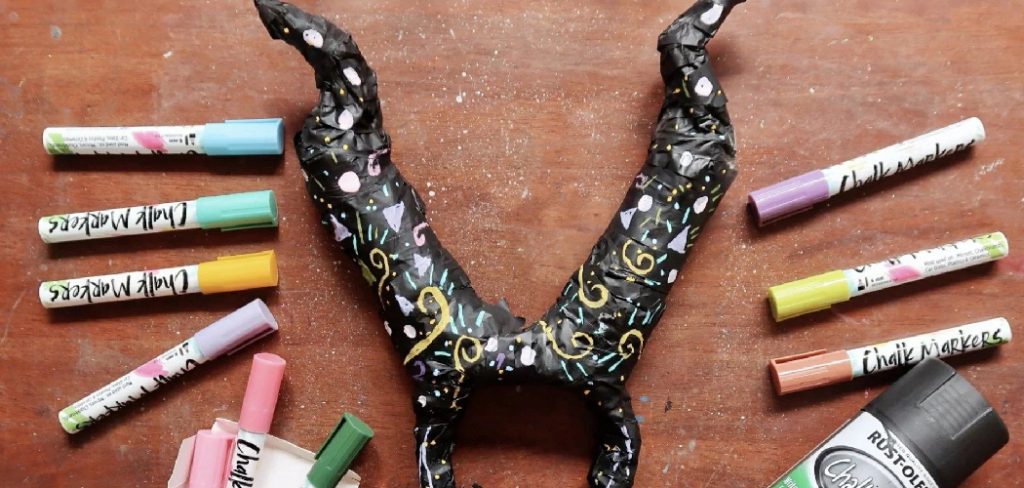
Making your own horns doesn’t have to be difficult or time-consuming! With the right materials and tools, you can easily create stunning horns that will leave everyone in awe. We’ll go over all the necessary steps in detail, so whether this is your very first horn-making attempt or if you’re an experienced hand looking for new techniques, there’s something here for everybody. Let’s get started!
Why May You Want to Make Horns?
1 . To Develop Special Effects
Creating realistic-looking horns is a great way to add special effects to any costume or project. With a few simple supplies, you can make horns that look like they’ve been pulled right out of the movies — perfect for Halloween or any other event. If you’re hoping for DIY props and costumes that stand up to close scrutiny, making your own horns is the way to go.
2 . For Costumes and Headpieces
Horns are a popular addition to many costumes, headpieces, and masks. They can be used to add character and creativity to any costume or ensemble — whether you’re dressing up as a mythical creature or something more modern. Plus, with DIY horns, you get the freedom to design something unique that nobody else has!
3 . For Fun and Creativity
Making your own horns isn’t just about costumes or special effects — it’s also a great way to unleash your creativity. Horns come in so many shapes, sizes, and materials, you can have fun experimenting with different designs until you find the perfect look for you.
How to Make Horns in 5 Easy Steps
Step 1: Gather All The Tools
The very first step is to gather the tools and materials needed to make horns. These include a drill bit, pliers, scissors, a Dremel tool, sandpaper, and any horns you plan on using for decorations or embellishments. If you don’t have these items already look around your local hardware store for them.
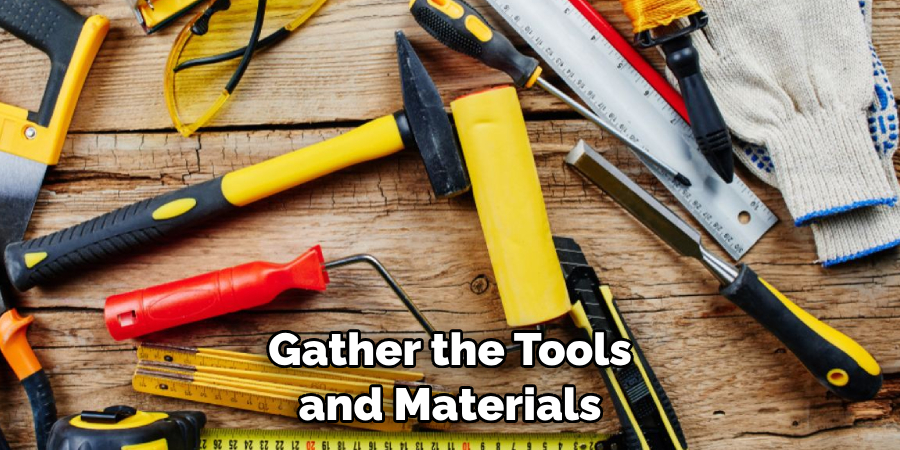
Step 2: Cut The Horns
Using the Dremel tool, cut the horns to the size and shape you’d like. Make sure they are even and symmetrical on both sides. For this step, it’s important to take your time and be precise in order to get the perfect shape for your horns.
Step 3: Drill The Horns Into Place
Next, use a drill bit to make holes in the horns. This is what will help you attach them securely to the base of your project. Make sure that the holes line up correctly and are deep enough for the screws or nails you plan on using.
Step 4: Fasten The Horns In Place
Using screws or nails, fasten the horns into place. Make sure that they are securely attached so they don’t come loose during and after you use them.
Step 5: Add Finishing Touches
The last step is to add any finishing touches that you’d like, such as sanding down rough edges or adding embellishments. Make sure your horns look perfect before admiring your work!
Some Extra Tips to Make Horns
1 . Do Not Over-Carve
When carving the horns, it is important to not over-carve them. This can lead to a loss of shape and could be dangerous when playing with other instruments as they may become sharpened and cause injury.
2 . Use Quality Materials
It is also important to use quality materials for making horns. Using inferior materials may result in horns that are of lesser quality and may not be able to withstand the rigors of regular use.
3 . Play Around With Different Designs
Finally, you should play around with different designs when making horns. This will allow you to experiment with various shapes and sizes, giving you more options for creating unique sounds. Additionally, it can also help improve your carving skills.
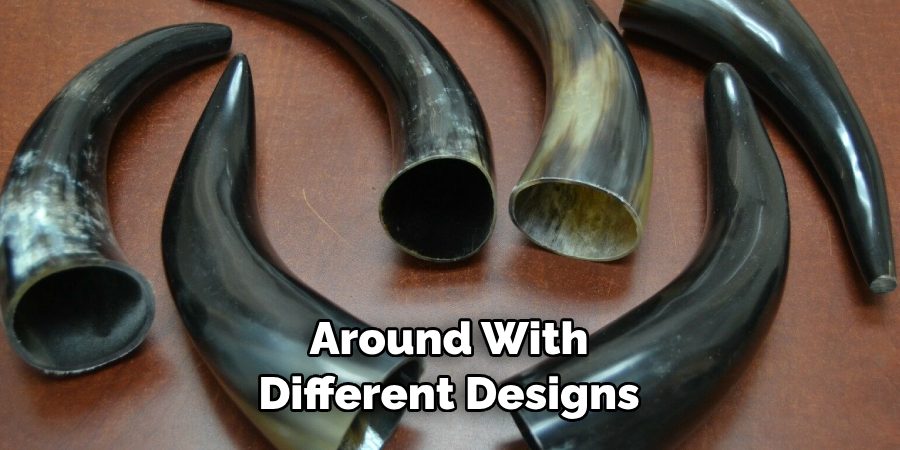
4 . Have Fun With It!
Making horns is a fun and creative activity, so don’t forget to have some fun with it! Try out different designs and shapes, and experiment with different materials to find the combinations you like best. By having fun with it, you’ll be able to create unique sounds that will make your music more enjoyable.
5 . Practice and Perfection
Practice makes perfect, so make sure to practice diligently when making horns. This will help you hone your skills and ensure that the final product is as good as it can be. Additionally, the practice also helps to develop a sense of creativity which will allow you to come up with new and interesting designs for your horns.
6 . Share Your Work
Making horns is a great way to express yourself and share your work with others. Consider uploading videos of you playing with them on social media or streaming platforms, so that more people can enjoy the sounds you create! Furthermore, by sharing your work on public platforms, it can also provide valuable feedback from everyone.
Frequently Asked Questions
What Precautions Should Be Taken When Making Horns?
When making horns, you should always use proper safety equipment such as goggles and gloves to ensure that no harm comes to yourself or any others nearby. Additionally, you should consider working in a well-ventilated area since some of the materials used may contain toxic fumes.

Before beginning your project, read through the instructions carefully and take time to understand the materials and tools you will be using. It is also important to double-check all measurements before cutting any pieces of material, as errors can cause your horn to have an uneven shape. Lastly, use caution when handling sharp objects or power tools – it’s always better to be safe than sorry!
What Materials Are Needed To Make Horns?
The materials needed to make horns will depend on the type of horn that you are making. For a basic plastic or fiberglass horn, you will need acrylic sheets in the desired shape and size, sandpaper, tape measure, scissors, hand saw or table saw (for cutting), drill with drill bits (for holes), clamps (for attaching pieces together), epoxy resin, and primer.
You may also need fiberglass cloth if you plan on making a more complex horn. Other materials that may be needed are leather for the straps, paint, screws and nuts for fasteners, and any other embellishments you might want to add.
What Tools Are Needed To Make Horns?
The tools required for making horns will depend on the type of horn you are creating, but generally, a set of basic hand and power tools should suffice. For plastic or fiberglass horns, you’ll need scissors, drill with drill bits, a saw (either hand saw or table saw), tape measure, clamps, sandpaper, and epoxy resin.
You may also need fiberglass cloth or other materials, depending on the complexity of your horn. For more intricate horns, you’ll also need tools such as a soldering iron and files to help shape the material.
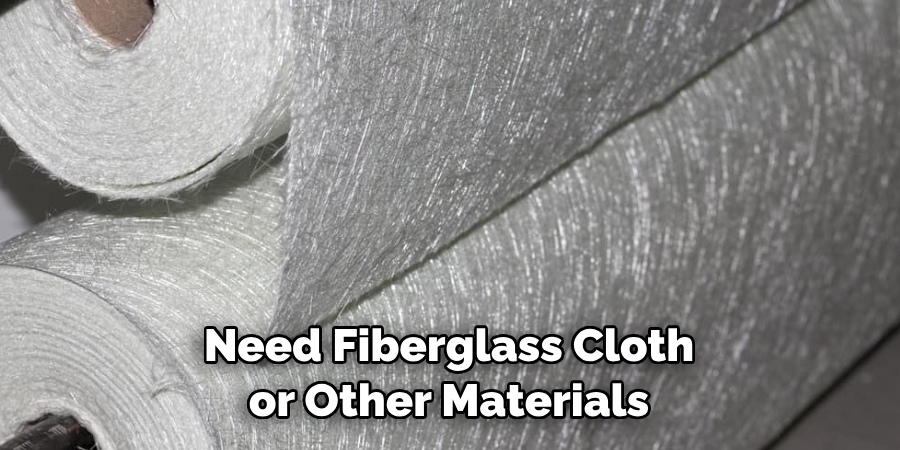
What Is The Process For Making Horns?
The process for making horns will vary depending on the type of horn that you are creating, but the steps remain the same. Begin by gathering all of your necessary materials and tools, and measure out the dimensions for your horn. Cut out the pieces using a saw or scissors, depending on what type of material you are working with.
Next, drill any holes needed for fasteners or other hardware. Attach the pieces together using clamps and epoxy resin to form the shape of the horn. Sand any rough edges, and then add primer, paint, or embellishments as desired. Lastly, use leather or other materials to make straps so you can wear your horn comfortably.
Conclusion
After reading this post, you now have an excellent understanding of all the steps about how to make horns. Starting out may seem daunting, but with patience and following these steps your creation will be complete in no time!
What’s more is that this skill is not only fun to learn, but also opens up a vast world of opportunities for creative expression – from wearable pieces to sculpture and more. This art form has attracted people for centuries, so we know you too will develop a passion for crafting using these unique materials. Try it now and discover what horn-making can bring into your life!
You Can Check It Out to Crochet Horns

